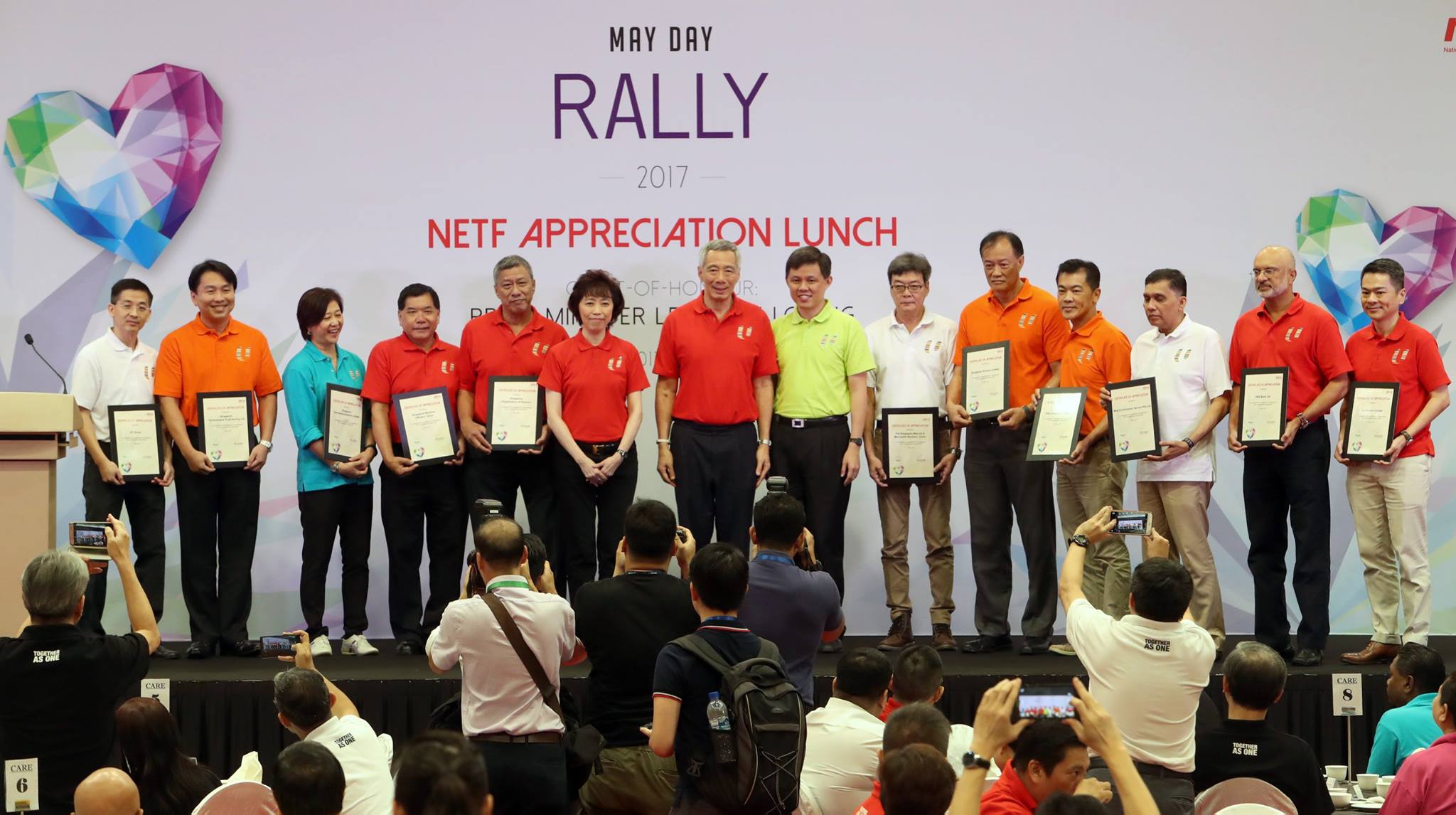Prime Minister Lee Hsien Loong delivered his May Day Rally speech on Labour Day (May 1) to 1,800 labour movement leaders at the badminton hall at Our Tampines Hub.
Focusing on jobs and economy, he painted a "cautiously optimistic" outlook as he predicted potentially higher economic growth this year compared to last year's two per cent.
Besides his outlook on the economy, PM Lee also outlined the government's plans to restructure the economy, while at the same time, groom a new generation of leaders.
Here are four takeaways from his May Day Rally speech:
1. Jobs will be a key concern going forward.
Jobs, jobs and jobs, this was one of the key messages in PM Lee's speech: Redundancies continue to grow despite better growth prospects, because of restructuring.
He laid out three strategies that will help Singapore continue to prosper:
(a) Help businesses create new jobs; (b) Place displaced workers in alternative jobs; (c) Train workers to grow in their current jobs.
He said,
"I expect our unemployment rate to creep up further.
We are feeling the same pressures as other developed countries. Industries have to continue restructuring.
Our workforce is aging. Older workers who lose jobs take longer to find replacement jobs.
We have to understand this trend, but at the same time work hard to resist it, and keep our workers in jobs."
2. Heng Swee Keat is being groomed for a major appointment.
The only announcement in the May Day Rally speech was the news of Finance Minister Heng Swee Keat taking over the reins of the Council of Skills, Innovation and Productivity (CSIP) from Deputy Prime Minister (DPM) Tharman Shanmugaratnam.
Under Heng's leadership, the national council set up in 2016 overseeing skills and innovation efforts will be renamed The Future Economy Council (FEC). It will help to drive the Committee for the Future Economy (CFE) proposals to transform Singapore's economy and grow jobs.
This new assignment for Heng is an extension of his work as the chairman of the CFE who had submitted their report to the government in February this year.
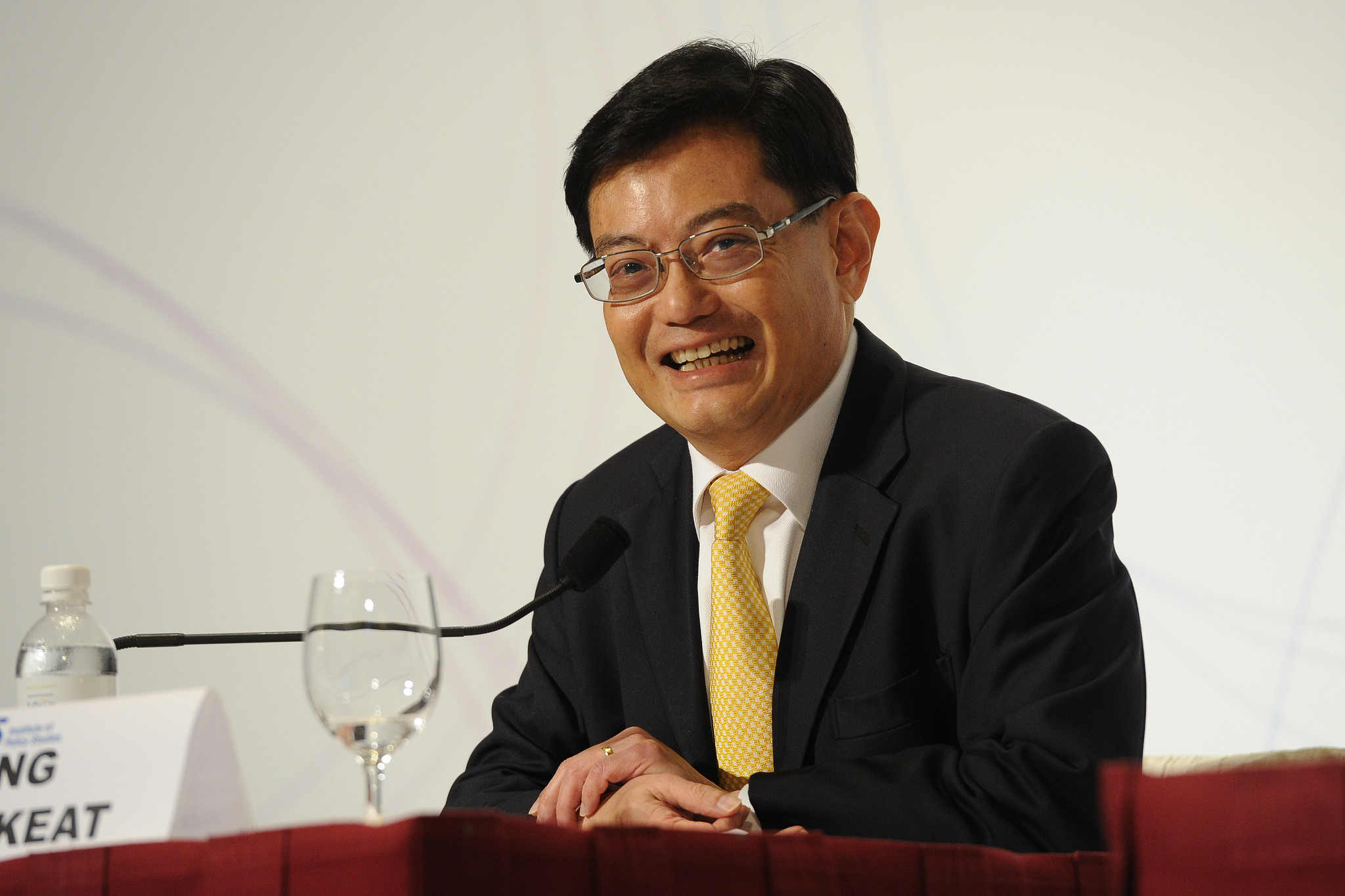 Photo courtesy of IPS
Photo courtesy of IPS
Against the backdrop of the latest news on cabinet promotions, the latest move by PM Lee to put Heng in charge of this important initiative may also be a signal that Heng is set to assume a higher appointment in time to come.
Heng made a comeback with his 2017 Budget speech after recovering from a serious stroke in May 2016. Despite reservations about his health in some quarters, he is widely perceived to be in the running for the next PM.
PM Lee said that he plans to carry out a major Cabinet reshuffle next year.
This means that there is a possibility that Heng could be promoted by mid-term in 2018 to help coordinate economic policy-making as the government's economic czar. This will bring him a step closer to becoming a DPM since two of the three Coordinating Ministers are DPMs.
3. The 4G economic policy-making nucleus will be subjected to a new test.
PM Lee said that Heng will work with Minister for Trade and Industry (Industry) Iswaran, NTUC secretary-general Chan Chun Sing, Minister for Education (Higher Education and Skills) Ong Ye Kung, Minister for National Development Lawrence Wong, and other ministers and ministers of state in the FEC.
I am putting them in charge of this strategic effort. It is a deep transformation which will extend beyond this term of government.
It is an opportunity for them to work closely together as a team, strengthen their bonds with employers and unions, and show Singaporeans what they can do.
It is their generation of leadership who will have to work with you to take this country to new heights.
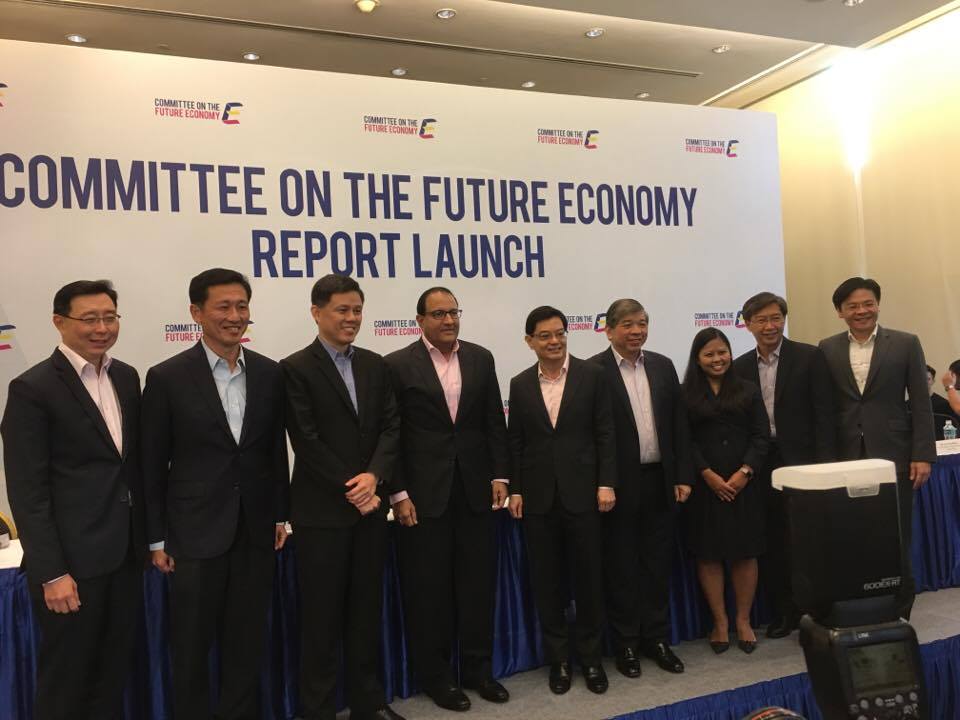 Photo by Chan Cheow Pong.
Photo by Chan Cheow Pong.
Besides 56-year-old Heng, Chan (47), Ong (47) and Wong (44) are considered the core members of the 4G leadership team.
Together with Iswaran (54), they could well form the nucleus of economic policy-making group in the next generation Cabinet.
4. DPM Tharman: Staying or Going?
With Heng taking over the CSIP chairmanship and leadership renewal gathering pace, DPM Tharman may well be getting ready to take on a different role in the government, such as raising Singapore's profile on the international finance and economic policy-making circuit.
DPM Tharman who is Chairman of the Monetary Authority of Singapore (MAS), was recently named chairman of the Group of Thirty (G30) consultative group, an international body of high-profile top public and private sector leaders and academics last November. He started his five-year term on Jan 1, 2017.
Last month, he was appointed chairman of a G20 group that has been tasked to review financial governance globally.
Chairing the Eminent Persons Group on Global Financial Governance, he will lead the effort to review issues relating to global financial governance, particularly on the work of international finance institutions such as the World Bank and the International Monetary Fund (IMF).
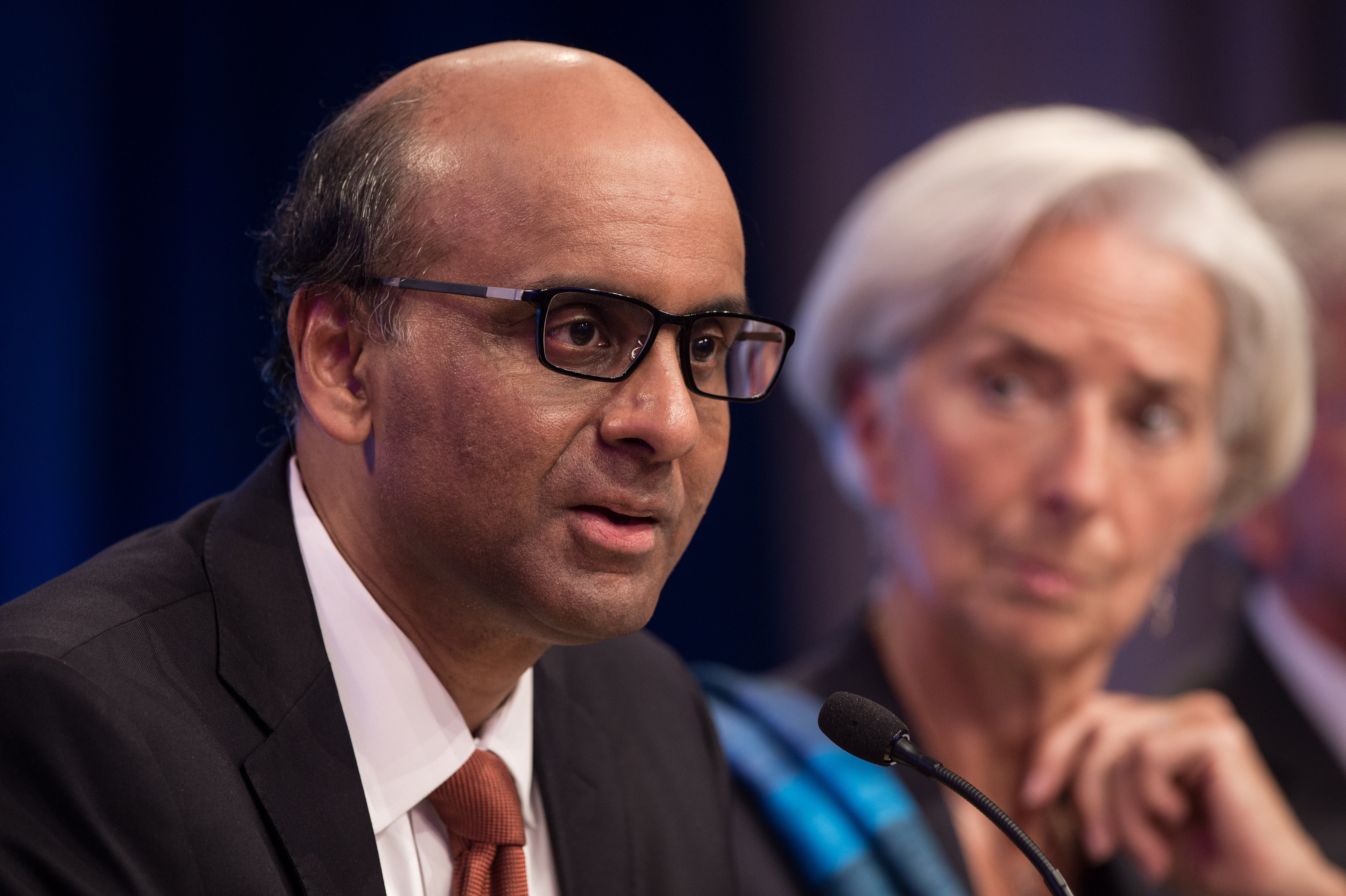 (Source: NICHOLAS KAMM/AFP/Getty Images)
(Source: NICHOLAS KAMM/AFP/Getty Images)
Top global roles like these are not new to DPM Tharman.
He was the first Asian chair of the International Monetary and Financial Committee (IMFC), the key policy forum of the International Monetary Fund from 2011 to 2015. He was asked to extend his three-year term by an additional year, with the IMFC hailing his "strong leadership as valuable in the committee’s deliberations".
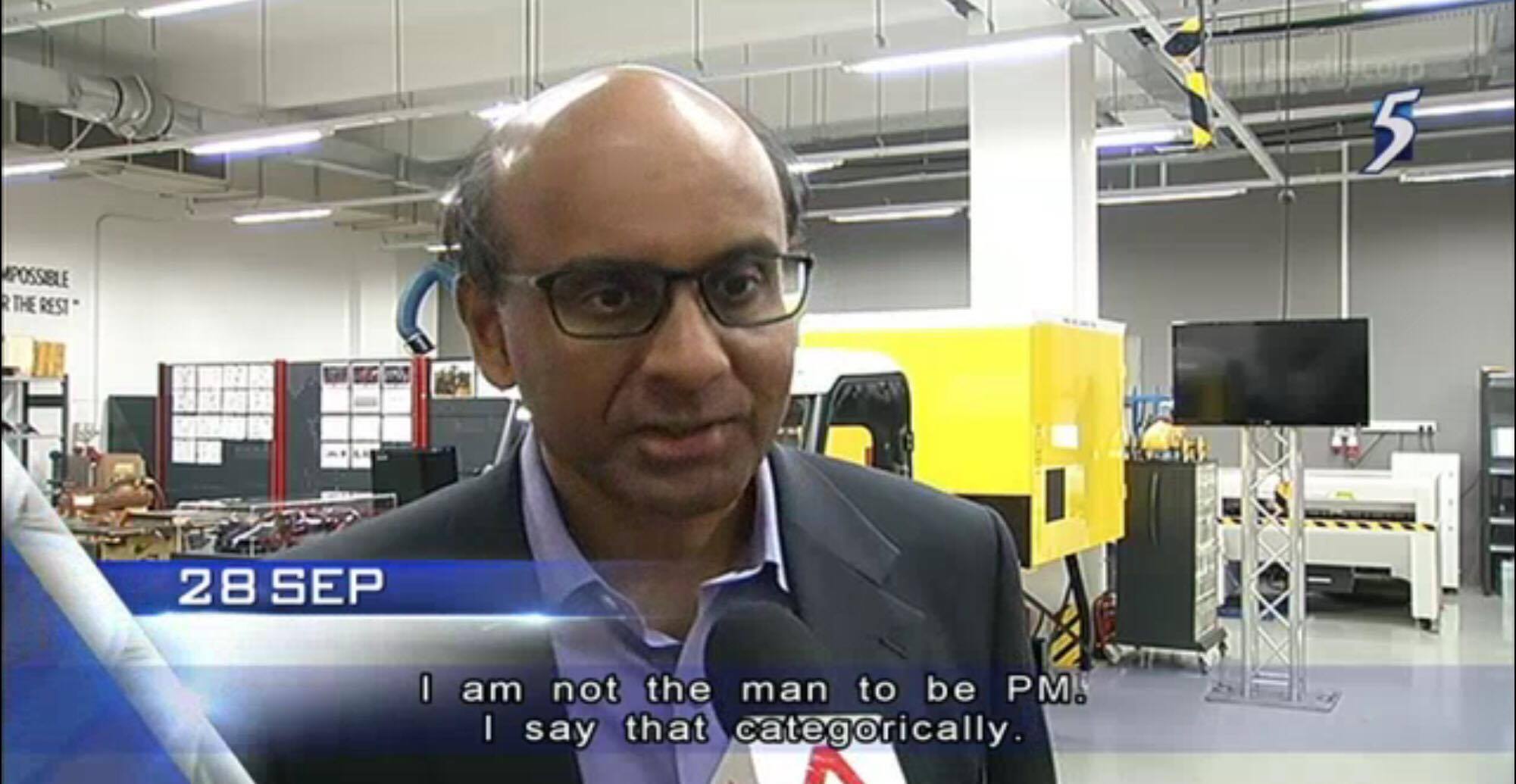 Source: Toggle
Source: Toggle
The chances of a 60-year-old Tharman taking over as the next PM has always been a long shot.
Many people will remember his remarks that he's "not the man for PM".
However, given his immense ability and intellectual power, no one will be surprised if he stays in the 4G cabinet in a different capacity, in a new role that will still make a difference to Singapore, when PM makes his big reshuffle next year.
PM Tharman may be out of the question, but it seems like the odds for Senior Minister Tharman are quite good.
Top photo from PM Facebook
If you like what you read, follow us on Facebook and Twitter to get the latest updates.
If you like what you read, follow us on Facebook, Instagram, Twitter and Telegram to get the latest updates.
